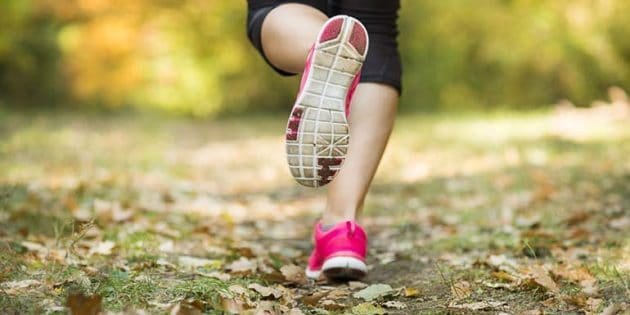Reduce your Injury Risk
By Andrea Ross, Physiotherapist HCPC, MSc, BSc
Running injuries are complicated. It often feels like they come out of nowhere, but the reality is that they have been building up without your knowledge for a long time. It is the accumulation of microtrauma without appropriate healing that causes these running injuries. Your body can handle quite a lot of it, but there comes a point where it can no longer heal the damage quick enough.
The injury threshold is different for everyone and will depend largely on these factors listed below.
- Strength (weakness for the purpose of this graph)
- Flexibility
- Structural Alignment (and Physiology)
- Injury History
- Kinematics
This graph shows you how the different elements will impact your likelihood of developing a running injury

- Scenario 1: Olivia regularly runs 5km during the week and park runs on weekends – She doesn’t get injured.
- Scenario 2: She decides she wants to run the London Marathon and increases her training load without changing anything else. As a result of the longer and more frequent running (increased training load), her running form is no longer appropriate for long distances (increased kinematics), and she gets injured.
- Scenario 3: She improves her strength, flexibility, and has gait analysis to optimise her running form. Now she can successfully train for her marathon without an injury.
What can you do to reduce your injury risk?
You can’t change your injury history, and there is very little you can do to change your structure/physiology. The things you can change are your strength, flexibility, how you are running (kinematics), and of course the training load itself.
Be a stronger Runner:
Many of us, can’t just run and run and run, and get away with it with zero injuries. The statistic for running injuries is shockingly high – about 70% of runners are injured EVERY YEAR. Don’t be one of those people!
Here are a few exercises to improve your strength for running. Running needs stability, especially over long distances.
- Hip Strengthening:
- Glute Strengthening
- Crab Walk
- Skater Walk
- Ankle Strengthening
- Ankle inversion/eversion exercises
- Single leg clockwork
- Walking Calf Raises
- Functional Practice
- Single leg knee bends
- Posterior Lunge with Knee drive
Key Areas to be more flexible in as a runner:
- Calves
- Foam rolling
- Stretching against wall (knee bent/knee straight)
- Hip flexors
- Quadricep Foam rolling
- Kneeling hip flexor stretch
- Glutes
- Glute Rolling
- #4 piriformis stretch
- Seated 90/90 stretch
Gait Analysis
Having someone look at how you are running is essential for any level of runner. Most of us do not get taught how to run, you just do it. But there are a few key things that increase your injury risk that can be easily fixed.
Bodies Under Construction offer 3D gait analysis from Run3D at our windsor clinic where Andrea also works. As well as other gait analysis options at our other venues to have a qualified Physiotherapist analyse your running form and help you make changes to make you a better, faster and stronger runner.
- Back Pain. Stop Letting it Control Your Life: Discover How Physiotherapy Can Help - February 27, 2023
- Wanting to have an injury free summer of Running………..Read on! - May 16, 2022
- Top 5 tips when buying new running trainers! - March 2, 2022


